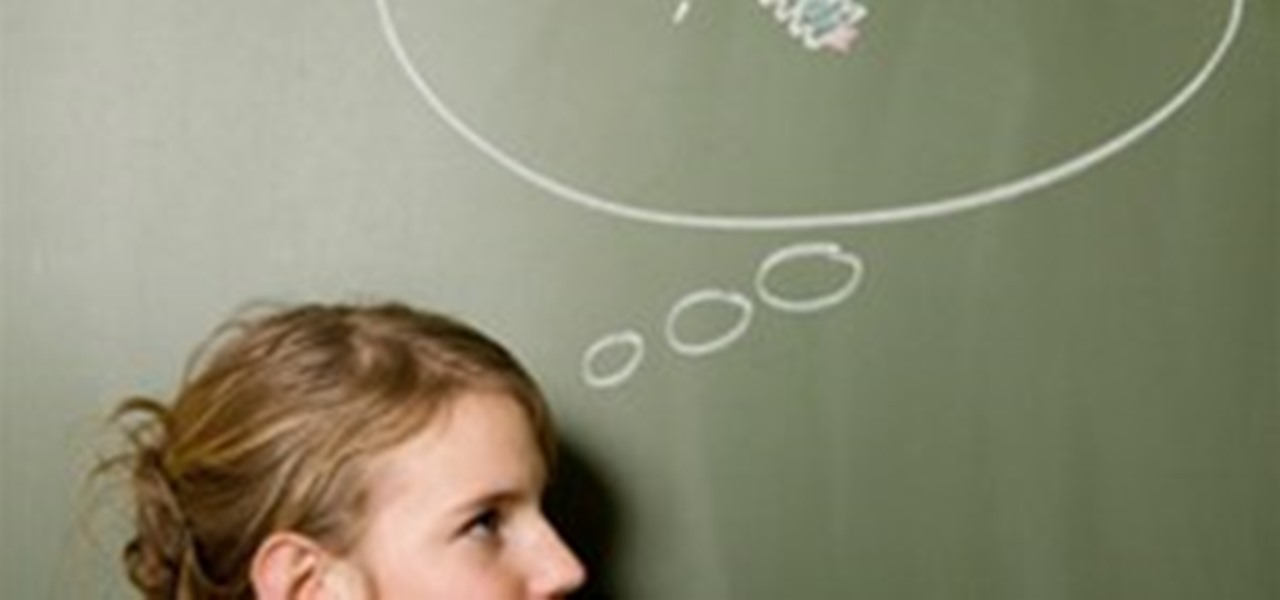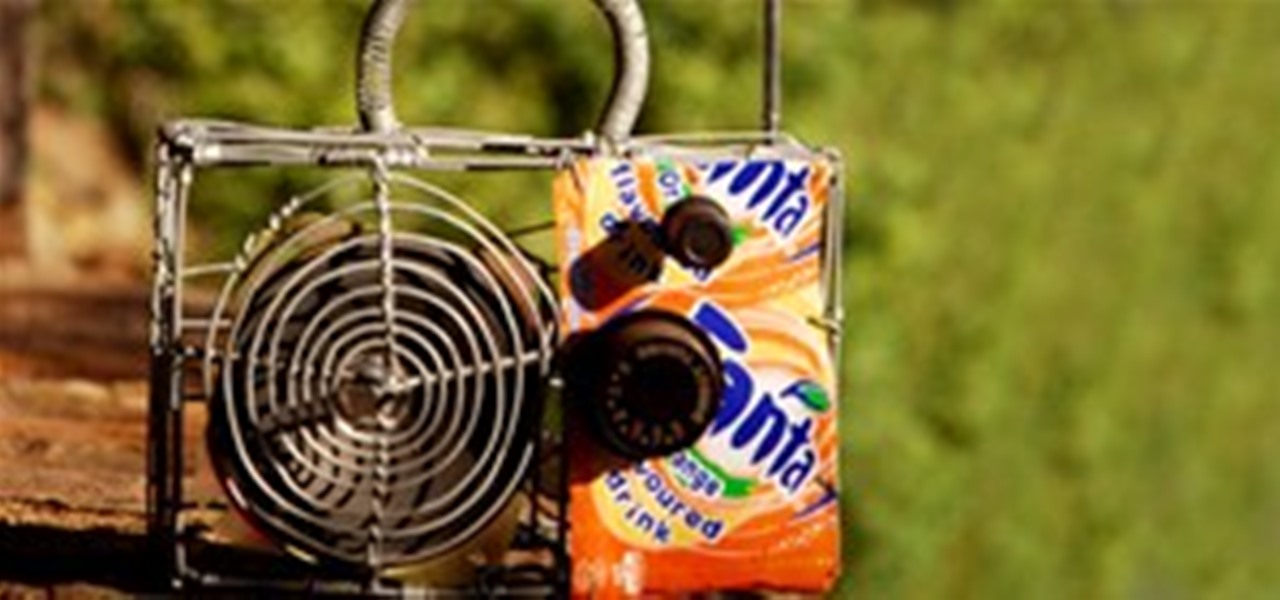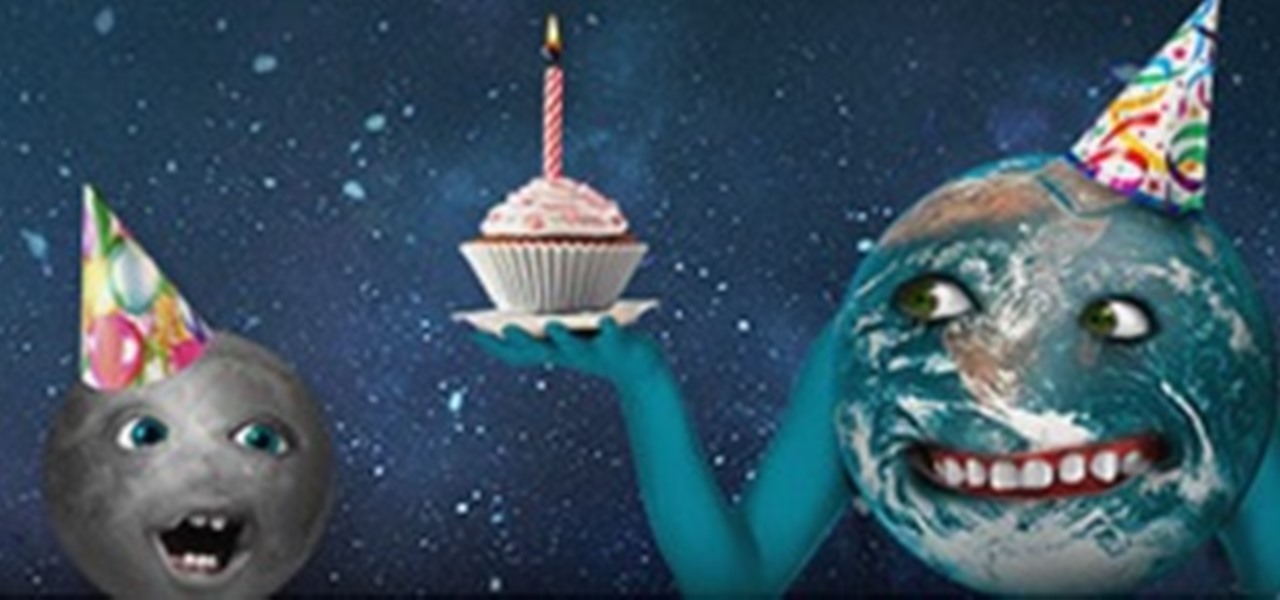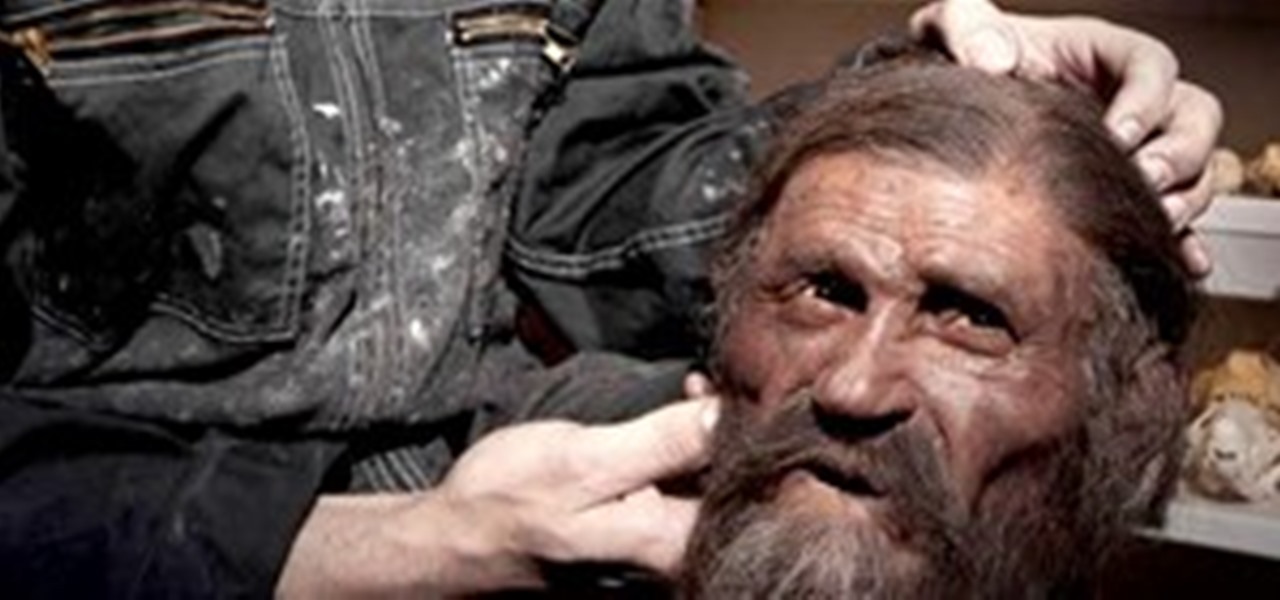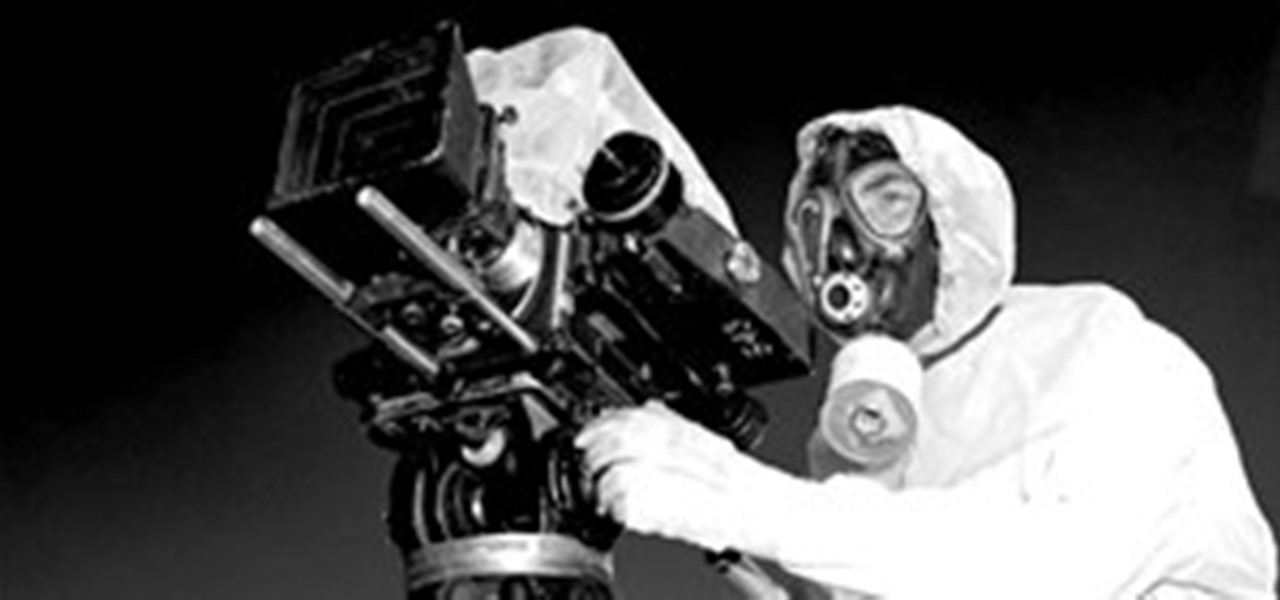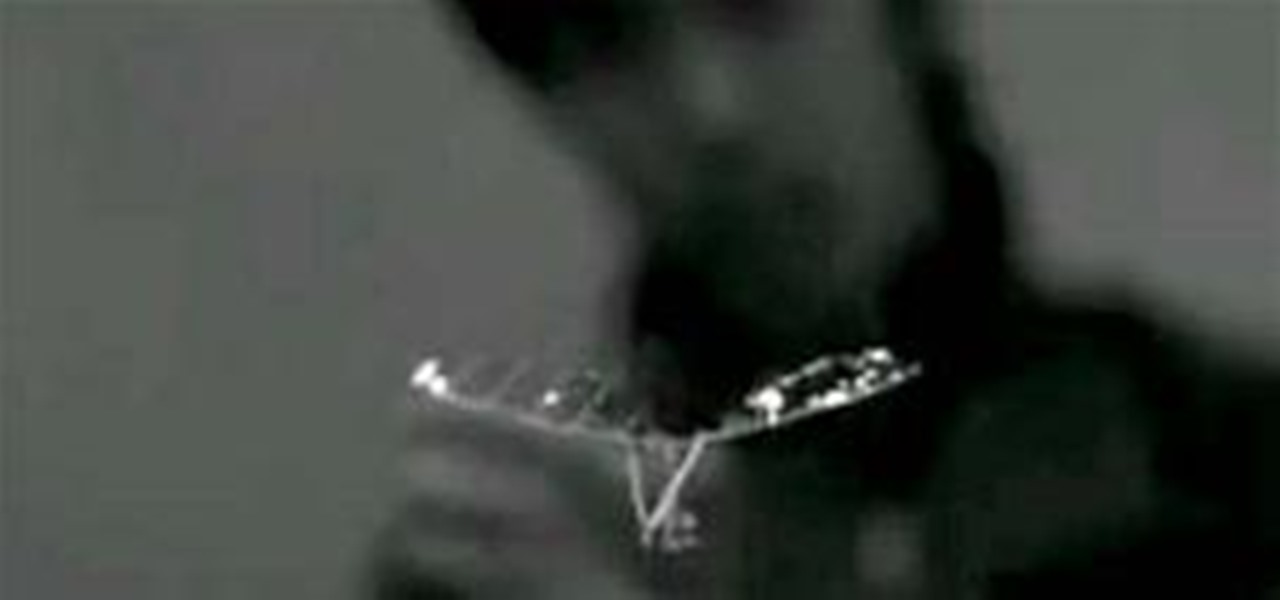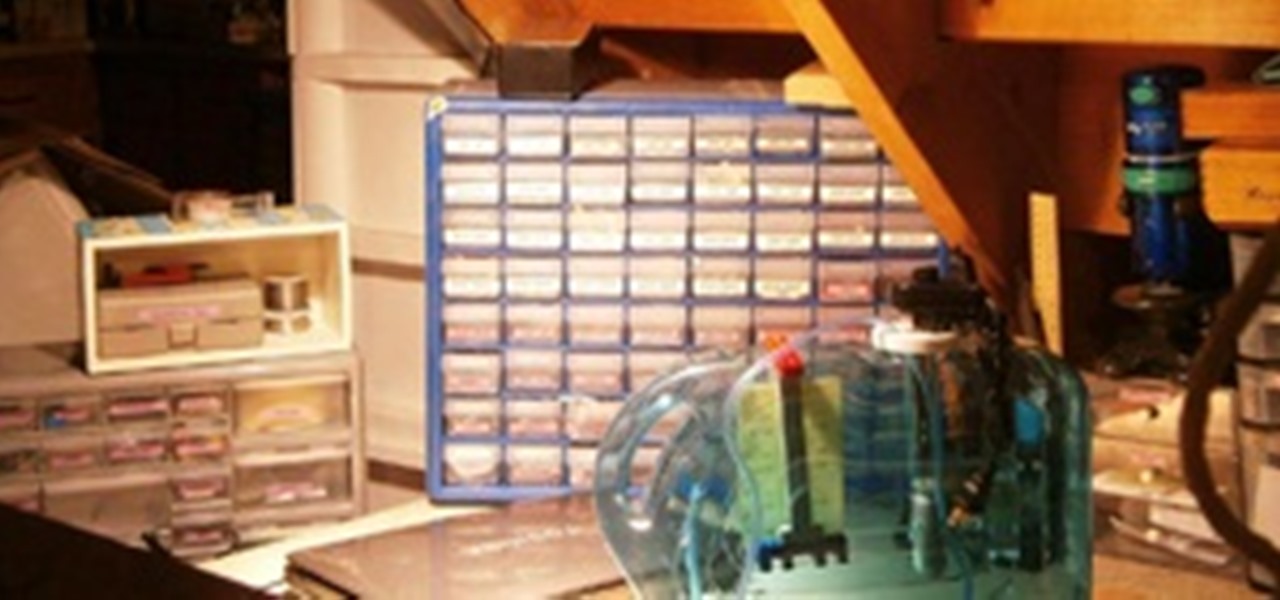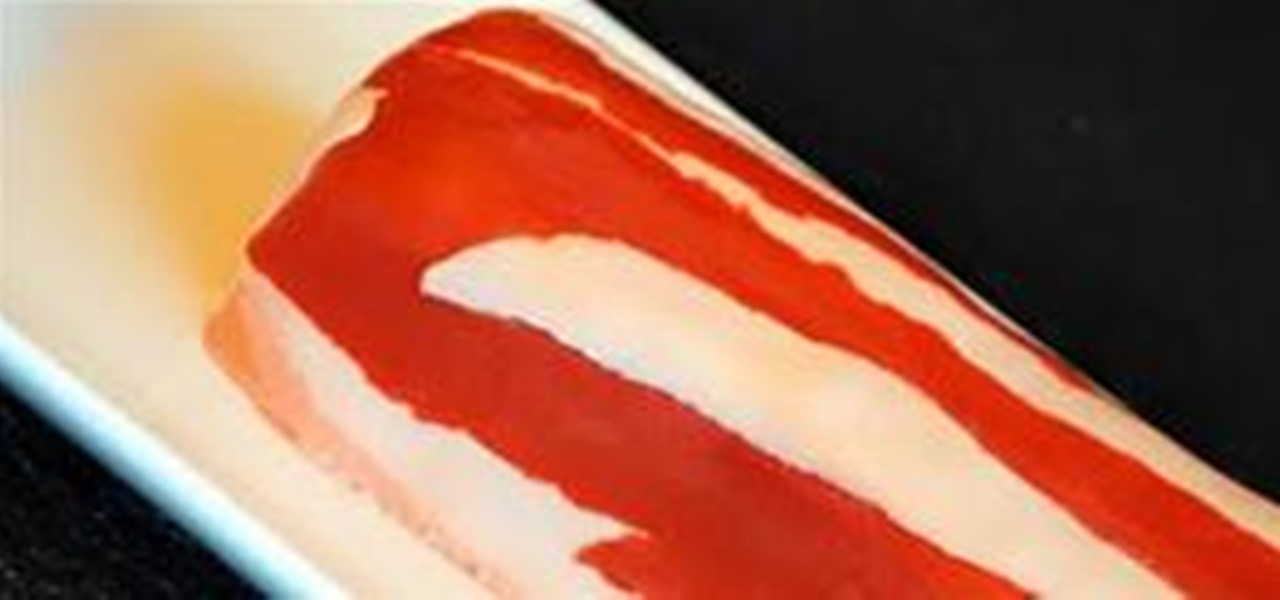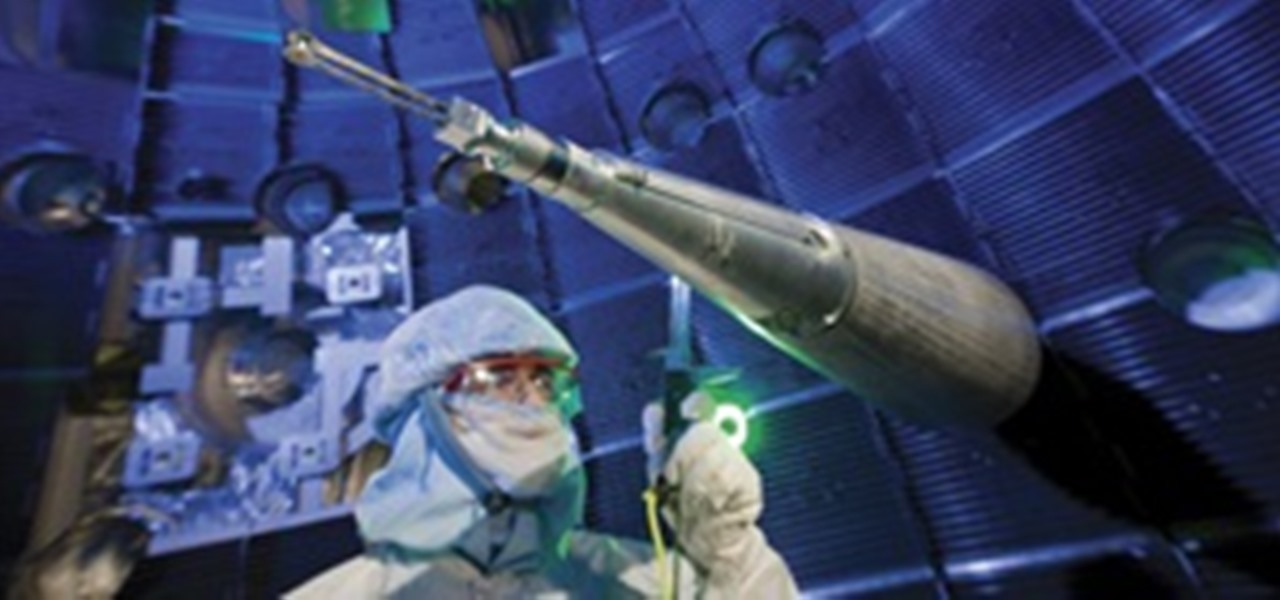
Since it is now the holiday season, I thought we could spend this weekend making some baked goods that have mathematical patterns on them. In this post, we'll look at making cookies that have a fractal pattern based off of a modification of the pixel cookie technique.

Another science-geeky treat from Not So Humble Pie (the creator of yummy cookie lab rats, chocolate atoms and gingerbread scientists). This time our creative bakers/cake decorators bring us ganache filled brain cupcakes. Click through to learn how to make them.

Cater your next geek fest with the services of online bakery Geeky Cookies. Available in sets of a dozen, each in the $20-$25 range.
If vaccines play absolutely no role in the development of childhood autism, a claim made by many medical authorities today, then why are some of the most popular vaccines commonly administered to children demonstrably causing autism in animal primates? This is the question many people are now asking after a recent study conducted by scientists at the University of Pittsburgh (UP) in Pennsylvania revealed that many of the infant monkeys given standard doses of childhood vaccines as part of the...
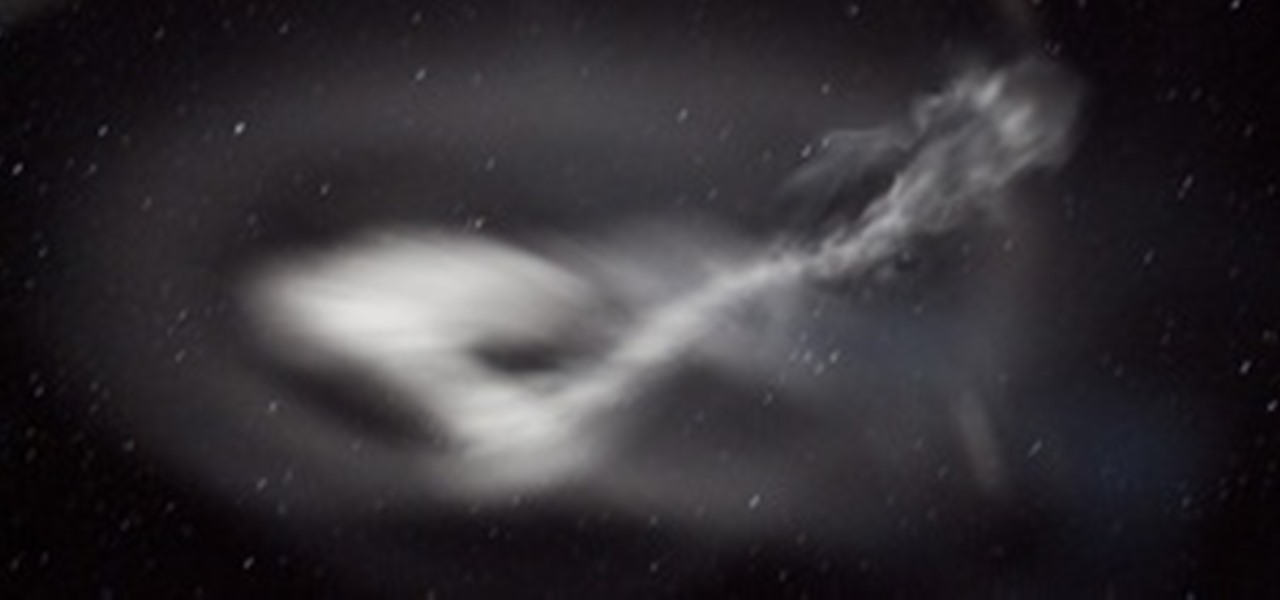
This morning, NASA launched the five suborbital sounding rockets from Virginia as part of ATREX (Anomalous Transport Rocket Experiment). Each rocket was launched 80 seconds apart and released chemical tracers that created "milky, white clouds at the edge of space." Now, I've seen plenty of bullet tracers in my life, but these are far more poetic. Take a look at the time-lapse video and see for yourself. Why shoot these tracer rockets? To help scientists "better understand the process responsi...

More than 100 missions targeted at Earth's moon have been launched by space explorers since the late-1950s. NASA landed a total of 12 men on the lunar surface, collecting more than 800 pounds of moon rocks and lunar soil samples. But still, the moon remains a mystery, especially its formation. NASA's new mission aims to find out exactly how the moon came to be with the Gravity Recovery and Interior Laboratory, or GRAIL, part of NASA's Discovery Program.

F.A.T. Lab (Free Art and Technology) is a network of artists, engineers, scientists, lawyers, and musicians dedicated to the research and development of new technologies and creative media. They are "committed to supporting open values and the public domain through the use of emerging open licenses, support for open entrepreneurship and the admonishment of secrecy, copyright monopolies and patents."

Truly spectacular and one the most breathtaking DIY endeavors to grace the front page of WonderHowTo, a recreation of Pixar's UP house was launched to an altitude of 10,000 feet in a private airfield near Los Angeles this past week. The project was executed by a team of engineers, scientists and veteran balloon pilots—(meaning, please, Do Not Try This at Home).

VANCOUVER: Contrary to common opinion, daydreaming is not slacking off because when the brain wanders it is working even harder to solve problems, new research has shown.

Researchers at Northwestern University have hatched a robotic replica of the ghost knifefish, an amazing sea creature with a ribbon-like fin, capable of acrobatic agility in the water. The fish is distinctive in its ability to move forward, backward and vertically, but scientists didn't understand its vertical movement until the creation of its robot replica, GhostBot (shown below). They now know its vertical propulsion is caused by two waves moving in opposite directions, crashing into each ...

UPDATE: Looks like the previously featured mysterious translucent skeletal specimens aren't the work of unknown scientists, but rather a project by Japanese scientist-turned-artist Iori Tomita. Tomita majored in fisheries as an undergraduate student, and has since used his knowledge to create a beautiful collection of mutated sea creatures, called “New World Transparent Specimens". Tomita creates his specimens by dissolving their flesh, and then injecting dye into the skeletal system.

Yankee ingenuity is a trait we hold in the highest regard here at Wonderhowto. So imagine our delight in sharing Afrigadget, whose tagline is: "solving everyday problems with African ingenuity".

Hubble Catches Star Consuming Its Planet Hubble Telescope has discovered a planet-eating star.

Not sure when this might come in handy, but I'm a fan of these silly DIY edible googly eyes. Tutorial courtesy of Evil Mad Scientists:

Hi, all! After building my 20:1 TARDIS, I wanted to build another spaceship, but this time, I wanted to build a real one. I wanted it to be a well-known rocket, but more importantly, I wanted it to be a huge rocket.

So, I got this email today from Groupon claiming today is Earth's 400 birthday. Groupon is known for their humor, but how (and why) did they pick today as Earth's 400th birthday?

Welcome to the Mad Science World! Hold onto your radiation-shielded hard hats—we're going to be posting a ton of great how-to articles and videos every week, showcasing the maddest of the mad science experiments on the web. We hope you will be inspired to try these projects at home, but always remember—safety first!

Food is the meeting place of left and right brainers: Culinary arts call for creativity, but is also deeply rooted in the What, Why and How of basic science—baking powder vs. baking soda, the rising of dough, the falling of a cake, etc. Below, two plays on left brain principles—the Möbius strip and the law of gravity—both executed with right brain flair.

Calling all curious minds—scientists, anthropologists, relentless tourists: Saturday, April 9th, is International Obscura Day, the day to "explore hidden treasures in your hometown," or so says Atlas Obscura, a website dedicated to public curiosities and esoterica. If you're the kind of person who appreciates public oddities every day of the year, tomorrow is icing on the cake. Celebrate Obscura Day in one of hundreds of locales—from Los Angeles to Sydney, from Berlin to Manila.

It's tough to figure out what a mummy would have looked like when he was alive; soft tissue of a human body decays, even in ice. But, Dutch brothers Adrie and Alfons Kennis took the challenge. Using techniques that belong to both science and art, they managed to reconstruct the face and body of Otzi the Iceman, a mummy who was found in the Italian Alps in 1991.

Not in the mood for a sappy ending? Well, strap in because "Emotional Response Cinema Technology" lets your own body physiology control the movie music, the special effects, and even the movie ending. A collaboration between BioControl Systems, Filmtrip, and the Sonic Arts Research Center at Queen's University Belfast, the technology was recently showcased at the SXSW film festival in Austin, TX, where the newly minted horror film Unsound interacted with the audience through wires connected t...

Ever wonder what your brain looks like on video games? Below, Matt Richtel of the New York Times lies in a $3 million M.R.I. scanning tube while playing a simple driving game, as researchers sit by and observe the real-time images inside Richtel's brain.

A group of nano-scientists from the University of Glasgow have created the world's smallest Christmas card, measuring in at 200 micro-meters wide by 290 micro-meters tall. (BTW, a micro-metre is a millionth of a meter, and the width of a human hair is about 100 micro-meters.)

Missions to Mars are far and few between because the fuel is so costly. Solution? A pair of scientists are proposing that elderly astronauts are sent on one-way missions to Mars, to boldly go... and not come back:

Remember Willy Wonka's magical gum? Wonka promised the flavors of tomato soup, roast beef, baked potato, blueberry pie and ice cream. As the avid gum lover Violet Beauregarde tested it out, she exclaimed: “It’s hot and creamy, I can actually feel? it running down my throat!” Um, yum... I think. Good news. Wonka's three course chewing gum is finally a reality-in-the-works. Scientists at the Institute of Food Research (IFR) have been developing recent advances in nanotechnology, which could pot...

George Yoshitake is one of the remaining living cameramen to have photographed the nuclear bomb. His documentation of the military detonation of hundreds of atom bombs from 1956 to 1962 reveals the truly chilling effect of the weapon. Below, images and explanatory captions via the New York Times. Don't miss the melting school bus. Creepy.

Fashion designer Manel Torres has teamed up with scientists at Imperial College London and designers at the Royal College of Art to invent spray-on clothing, an instant, sprayable, non-woven fabric-in-a-can.

How would you like to live like Tarzan, except in a sustainable, organic treehouse? Check out TED Fellow and urban designer Mitchell Joachim and his plan for homes of the future. Read the full article here.

Researchers Hiroto Tanaka and Isao Shimoyama (of Harvard University and University of Tokyo) have constructed a tiny replica of the swallowtail butterfly. The crudely made model uses just balsa wood, rubber bands, and a steel wire crank. The goal is to better understand the biomechanics of butterfly flight. Via Wired,

How do you top a movie like Avatar? James Cameron's recent release pioneered in 3D technology, and was the first film to gross more than $2 billion, as well as being the highest grossing 3D movie of all time. What do you do after wrapping up a project like that? Well, Cameron's current plans truly place him at the crossroads of science and art. Cameron has paired up with NASA to shoot Mars in 3D.

IEEE Spectrum examines the practice of cryonically freezing the dead, with the intent to "reboot" when medical advances are prepared to undo their death.

At Germany's 2010 ceBIT Technology Fair, a company called Berlin Brain-Computer Interface demoed technology for mind controlled pinball. The game is controlled solely with brain impulses.

Asian Americans comprise 4% of the American population, but account for 25% of the students at top universities.

I have an absolutely wonderful time making projects and writing articles for all of you mad scientists! Today, I will bring you behind the scenes for a look at the workbench, tools, and software that make the Mad Science World possible.

Making your own circuit boards can be a daunting challenge. You have to design a schematic, test it on a breadboard, design the board layout, and then after all of that, you still have to print and etch a board!

Not So Humble Pie, creator of yummy cookie lab rats, chocolate atoms and gingerbread scientists (to name a few), brings us a delectable contribution to the world of cake decorating: the candied bacon cake. This cake looks like bacon, and actually tastes a little bit like bacon, too.

According to University of Minnesota scientists, "Harmonious sleeping is an acquired skill".

NK5 is a genuine wizard with an old monitor. He's hacked together everything from an electric kitty fence to a Halloween hologram using the guts of an old CRT.

Mad Science is looking for more hackers, makers, and DIYers to participate in our community madness. If you've recently designed or made a project, we want to see it! Share with the other Mad Scientists out there by posting up a how-to of your pet project on our community corkboard, or even just a few cool, inspiring photos of the build.

You might already know a little bit about what the National Ignition Facility has been up to lately, or what they could possibly achieve. But last week, even the scientists at the Livermore, California station couldn't predict the awesome power that their humongous laser was capable of. NIF's laser is already the record holder for the world's largest laser, and now it can also claim to be the first ever 2 megajoule ultraviolet laser after it generated nearly 100 times more energy than any oth...









